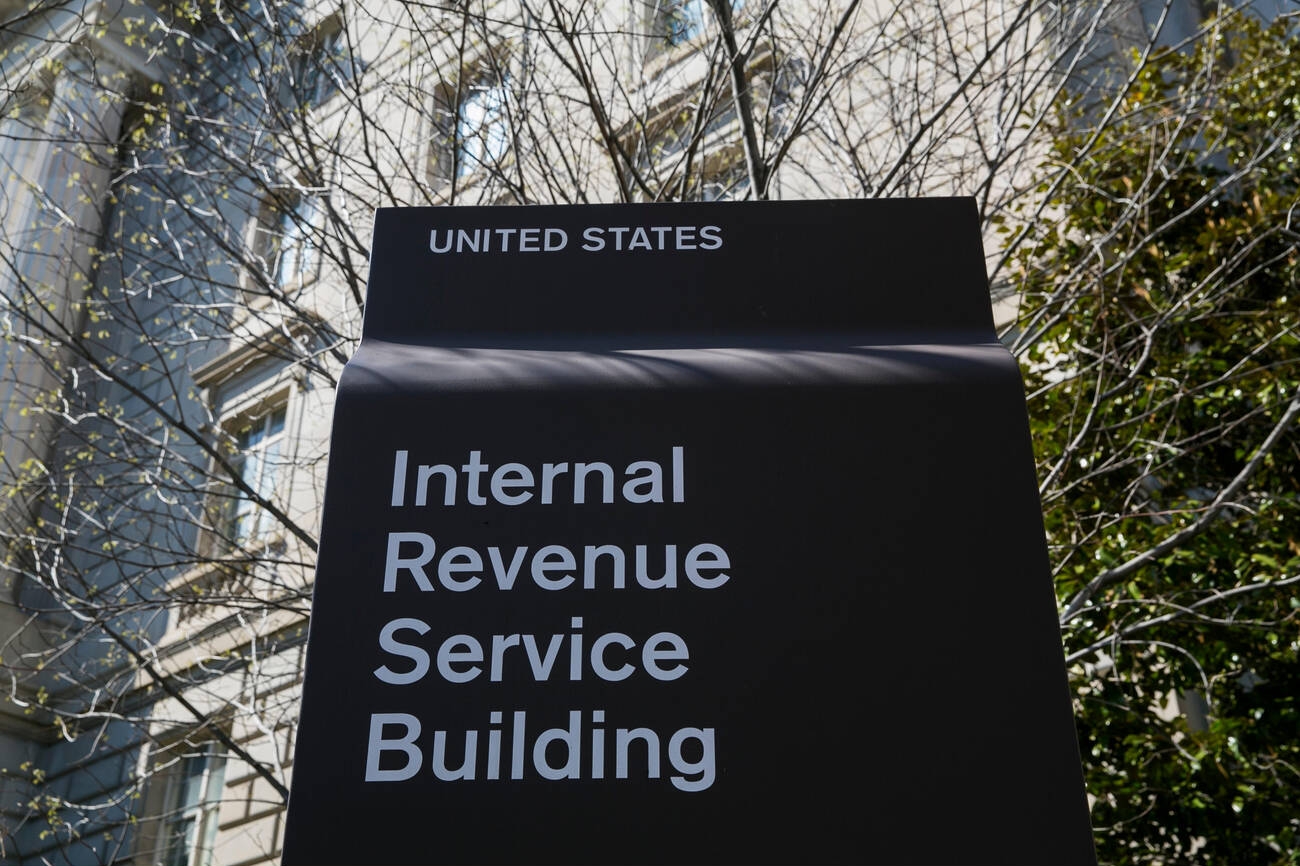We have recently discussed exceptions to the usual 10% penalty tax on pre-59½ withdrawals from IRAs and qualified plans. But even if one of those exceptions applies, you still must pay regular income tax on the distributions. Generally speaking, the entire amount of the payout is subject to tax, but a portion is tax-free for IRA participants who have made nondeductible contributions. If you’re liable for an early withdrawal penalty, it is applied against the taxable amount.
Some of your clients may have built up a sizeable account over the years but haven’t kept detailed records or don’t know how to compute the tax liability. Here’s some key information you can pass along.
Start with the basics for a taxpayer with a single IRA. Deductions for contributions are phased out if your modified adjusted gross income (MAGI) exceeds an annual threshold and you (or your spouse, if married) participate in an employer’s retirement plan. If you’ve never made any nondeductible contributions to the IRA, the entire distribution is taxable—case closed. However, if you’ve made nondeductible contributions, only the portion of the payout representing deductible contributions and earnings is subject to tax.
To figure out the taxable portion, first divide the amount of your nondeductible contributions at the end of the year of the distribution by your IRA balance on the date plus any withdrawals made during the year. Then you multiply the amount of your withdrawals by this fraction. Finally, you subtract the result – which is the amount attributable to nondeductible contributions – from the withdrawal amount to arrive at the taxable amount.
Example 1: John had made nondeductible contributions of $10,000 to his IRA over time. At the end of last year, the account was valued at $80,000, after John made a $20,000 withdrawal earlier in the year.
When John divides $10,000 by $100,000, the fraction is .10. So he multiplies his $20,000 withdrawal by .10, which comes out to $2,000. After subtracting the tax-free amount of $2,000 from his $20,000 withdrawal amount, the result is 18,000. Therefore, John must pay tax on $18,000 in the year of the withdrawal.
Things can become even more complicated if the participant has multiple IRAs. Again, there’s no confusion if you haven’t made any nondeductible contributions; the entire amount is taxable. However, if you have made some nondeductible contributions to one or more IRAs, you must divide the total amount of nondeductible contributions to all your IRAs at the end of the year by the combined balance of all your IRAs on that date plus the withdrawals taken during the year. Then you multiply the amount of your withdrawals by this fraction. As before, you subtract the amount representing the tax-free nondeductible contributions from the withdrawals to arrive at the taxable amount.
Example 2: Jane has three IRAs. Over time she has made nondeductible contributions of $10,000 to each of the three for a total of $30,000. At the end of last year, the total value of the IRAs is $275,000 after withdrawals of $25,000 during the year. (It doesn’t matter which IRA, or a combination of IRAs, the withdrawals came from.)
First, Jane divides $30,000 by $300,000 to establish the fraction of .10. When she multiplies the total withdrawals of $25,000 by .10, the result is $2,500. After subtracting the tax-free amount of $2,500, she determines that $27,500 is taxable.
It’s easy to get lost in this quagmire of rules, so clients may turn to you for assistance. Frequently, they will leave the nitty-gritty up to you, but make sure they understand the basics of how the rules work. Finally, if recordkeeping has been sparse or nonexistent, you may be able to obtain the information needed, including the amount of the withdrawals, from the IRA custodian. If the custodian can’t provide the tax-deductible status of all contributions, refer to prior tax returns.
Thanks for reading CPA Practice Advisor!
Subscribe Already registered? Log In
Need more information? Read the FAQs
Tags: Benefits, Income Tax




![natural_disasters_list_1_.56117a5e5df03[1]](https://www.cpapracticeadvisor.com/wp-content/uploads/2021/12/natural_disasters_list_1_.56117a5e5df03_1_.61c1db14bf0ea.png)